When it comes to souvenirs, the allure of capturing a moment in time with an adorable keepsake is strong. Yet, beneath the glossy veneer and charming aesthetics, many of these items are cleverly disguised money traps. They tempt you with promises of nostalgia and cultural connection, only to leave you with buyer’s remorse. Let’s dive into ten of these deceptively delightful souvenirs and uncover why they might not be worth your hard-earned cash.
1. Snow Globes
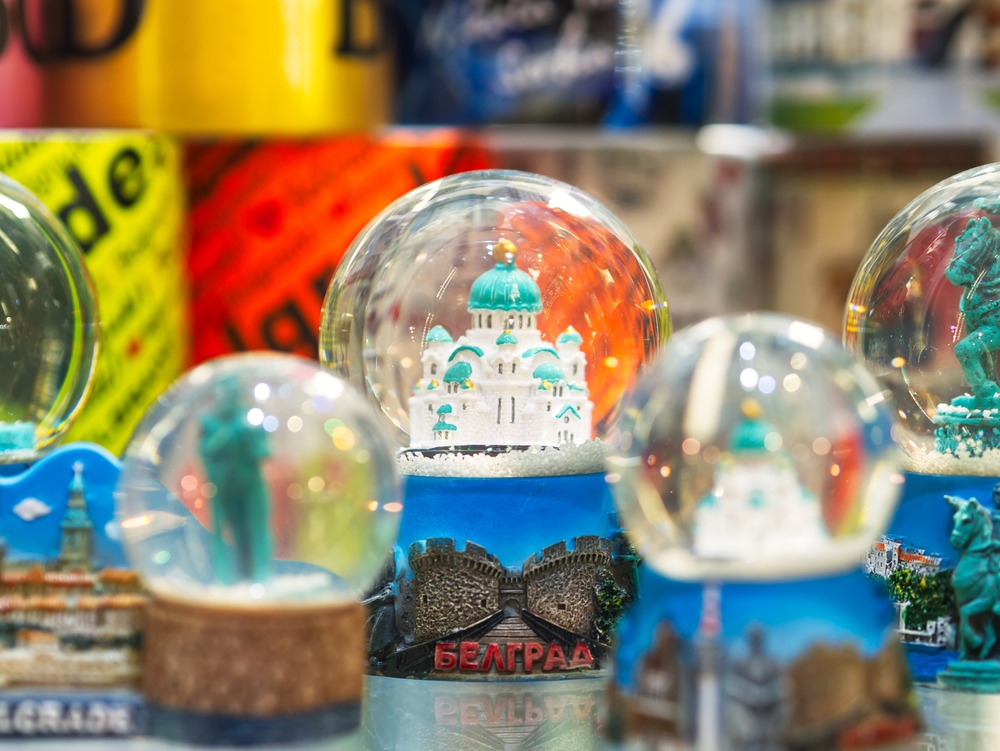
Ah, the snow globe—a glittering, encapsulated world that seems straight out of a winter wonderland. They often come with a hefty price tag for what is essentially a glass sphere filled with water and decorative bits. Despite their enchanting appeal, they’re prone to leaking or breaking during travel, leaving you with a soggy suitcase and shattered dreams. From a financial standpoint, it’s a fleeting investment that rarely appreciates in value or evokes the same magic once home.
As Paul Smith, an expert in consumer habits, points out in a Bloomberg article, souvenirs like snow globes bank on emotional purchasing behaviors. They capitalize on the idea of encapsulating a memory, but in reality, they serve little practical purpose. According to Smith, their mass-produced nature means they lack the rarity that typically increases an item’s value over time. Thus, while they might seem charming on the shop shelf, they don’t hold up as a wise financial decision.
2. Fridge Magnets
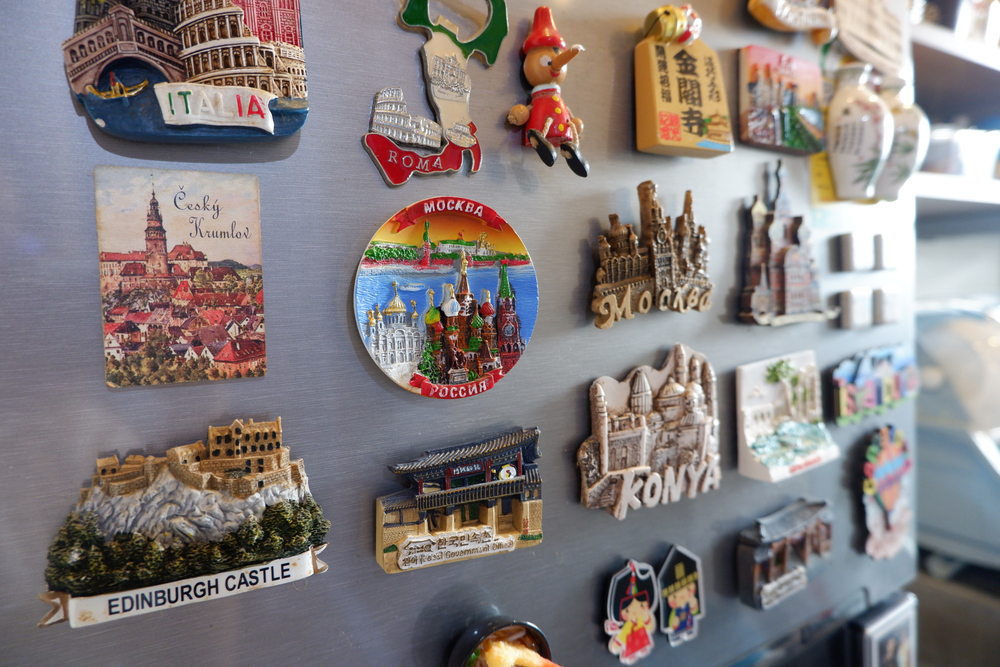
Fridge magnets are ubiquitous in every tourist trap shop, promising to transform a humble appliance into a worldly exhibit. With their colorful designs and playful shapes, it’s easy to see how they attract the eye. However, the truth is they often end up cluttering your refrigerator rather than enhancing it. Plus, their small size misleads you into thinking you’re making a budget-friendly purchase, but they add up quickly.
The problem with fridge magnets is their lack of uniqueness. They’re mass-produced, meaning that what you’re buying isn’t a special token of your travels. Instead, it’s a generic piece of plastic that countless others have purchased. Not to mention, should you move or decide to declutter, these magnets are among the first items to be tossed away, rendering their initial purchase a waste.
3. Keychains
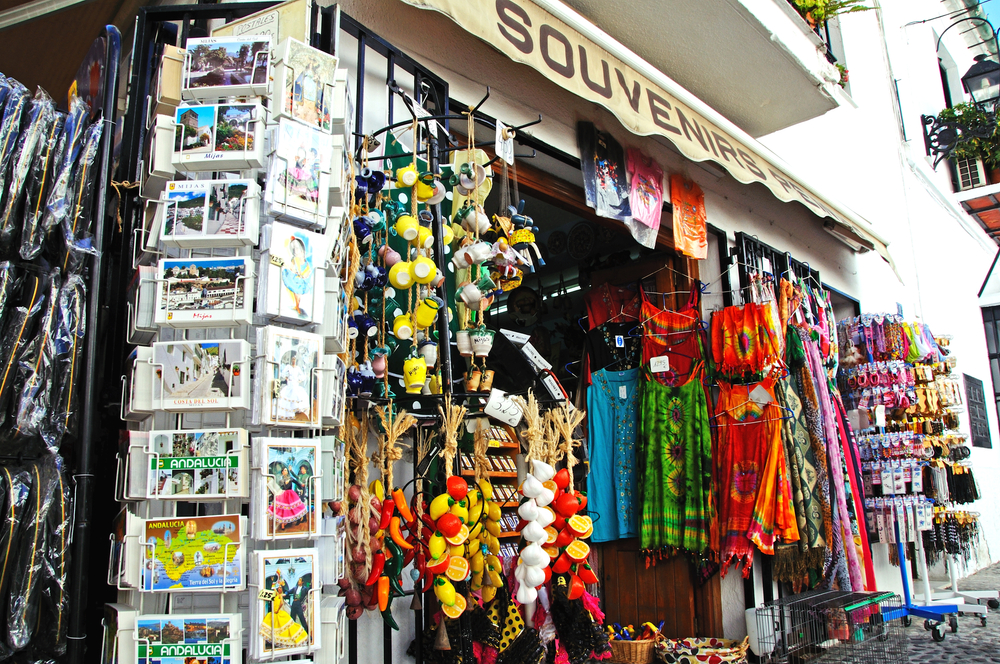
Keychains, with their jingling charms and personalized initials, seem like the perfect memento. They’re small, easy to pack, and often tailored to reflect the city you’re visiting. However, like many other souvenirs, they’re a dime a dozen and usually end up forgotten at the bottom of a drawer. Beyond their initial novelty, they rarely serve a functional purpose beyond adorning a keyring.
A study by Consumer Reports highlighted that keychains are often made from cheap materials that break easily. This compromises their longevity and makes them a poor investment. The report stresses that while they offer an immediate sense of satisfaction, their durability issues mean they quickly lose their appeal. Ultimately, what seemed like a charming token becomes yet another victim of the souvenir trap.
4. Miniature Landmarks
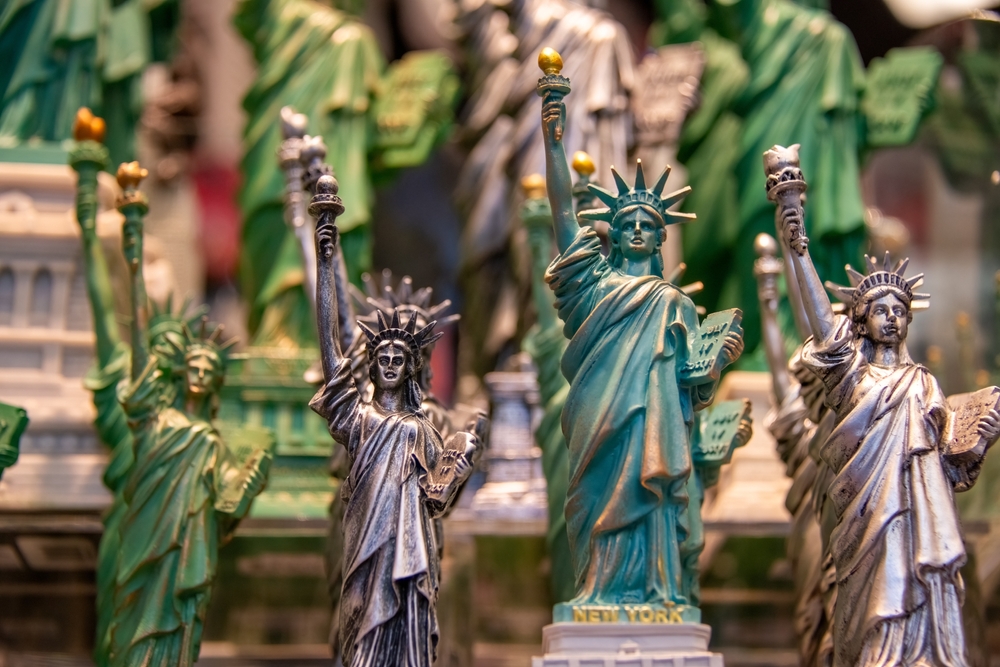
Who wouldn’t want their own little Eiffel Tower or Statue of Liberty to take home? These miniatures are often meticulously crafted to resemble the real deal, yet their price tags can be surprisingly steep for what is essentially a small piece of metal or plastic. Despite their initial allure, they often end up gathering dust on a shelf rather than serving as a meaningful reminder of your travels. They may look impressive at first glance, but their worth diminishes once the novelty wears off.
The dilemma with miniature landmarks is their lack of personal significance. They are mass-produced replicas that do not capture the unique experiences of your journey. Furthermore, their fragility makes them susceptible to damage during transit. Once cracked or chipped, their charm is irreparably lost, rendering your investment futile.
5. T-Shirts with City Logos
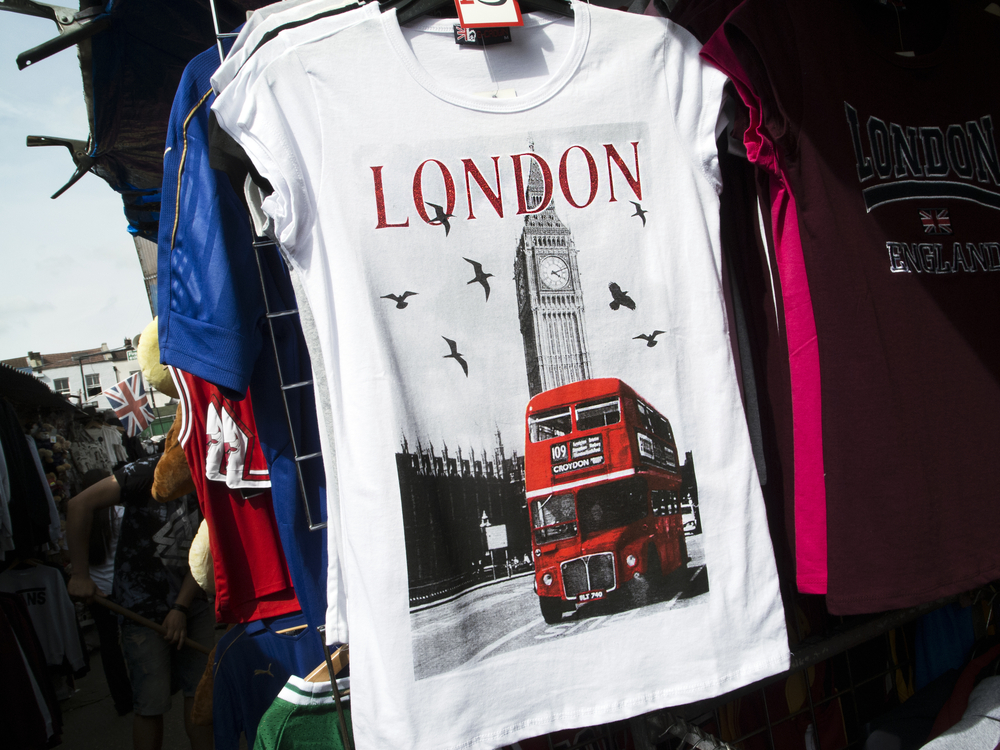
Nothing screams “tourist” quite like a t-shirt emblazoned with a city name or landmark. These wearable souvenirs might seem like a fun way to show off where you’ve been, yet they often come with a hefty price tag for low-quality fabric. After a few washes, you’re left with a faded, misshaped garment that’s better suited for a rag bag. Not to mention, their ubiquity often means they lack any real sentimental or financial value.
According to an article in Money Diaries by Refinery 29, such shirts are among the least valuable souvenirs you can buy. The piece highlights how they are often marked up significantly in tourist areas, even though their production cost is minimal. Experts argue that the impulse to purchase these shirts stems from a desire for immediate gratification rather than long-term value. Consequently, they end up being a costly addition to your wardrobe with little payoff.
6. Replica Weapons
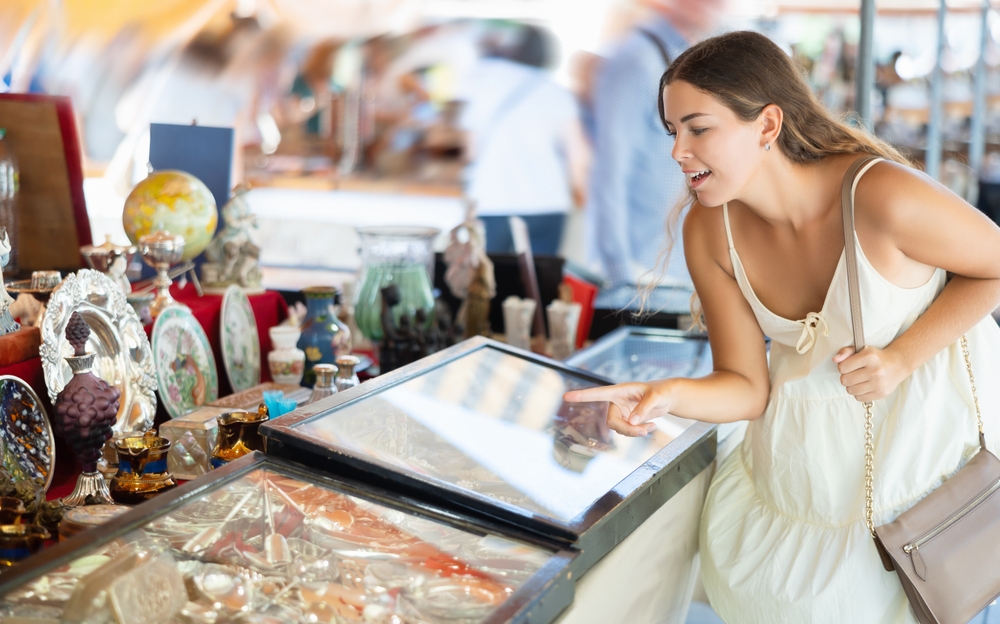
Replica weapons, such as swords or daggers, often catch the eye with their historical significance and intricate designs. They seem like a unique way to bring a piece of cultural heritage home. However, they can be surprisingly expensive, especially for items that are purely decorative and potentially problematic at customs. Besides, once home, they might not fit seamlessly into your decor as you initially envisioned.
The allure of replica weapons fades quickly when practicality and safety come into play. Their decorative nature means they don’t serve any functional purpose, making them a costly dust collector. Additionally, the maintenance of these items can be cumbersome, requiring regular cleaning and proper storage to prevent tarnishing. Ultimately, the cost and effort required to keep them in good condition often outweigh the initial appeal.
7. Local Handicrafts

Local handicrafts might seem like the ideal souvenir, offering a slice of authentic culture. These items promise uniqueness and craftsmanship that set them apart from mass-produced goods. However, they often come with inflated prices, particularly in tourist-heavy areas where vendors capitalize on visitors’ willingness to pay a premium. The result? You end up with a costly piece that might not hold the same significance once you’re back home.
An in-depth article from The Atlantic discusses how tourists often overpay for handicrafts due to their perceived authenticity. The piece reveals that many vendors use the allure of “local” and “handmade” to justify higher prices, even when the items are factory-made. Interviews with artisans suggest that genuine handcrafted items are rare in tourist markets, making them a risky investment. As such, what seems like a culturally rich purchase might not be as authentic or valuable as you’d hope.
8. Collectible Pins

Collectible pins are small, shiny, and easily transportable, making them a favorite for many travelers. They often depict famous landmarks or cultural symbols and are marketed as limited editions. However, their size belies their cost, as they can be quite expensive for what is essentially a metal badge. While they might be marketed as collectibles, they rarely appreciate in value or serve any significant purpose.
The pitfalls of collecting these pins lie in their redundancy and lack of practical function. They often end up pinned to a board or jacket, eventually forgotten as they tarnish over time. Furthermore, their mass production means they’re hardly as rare as they’re made out to be. In reality, they are more of a fleeting novelty than a meaningful keepsake.
9. Local Spices and Food Items
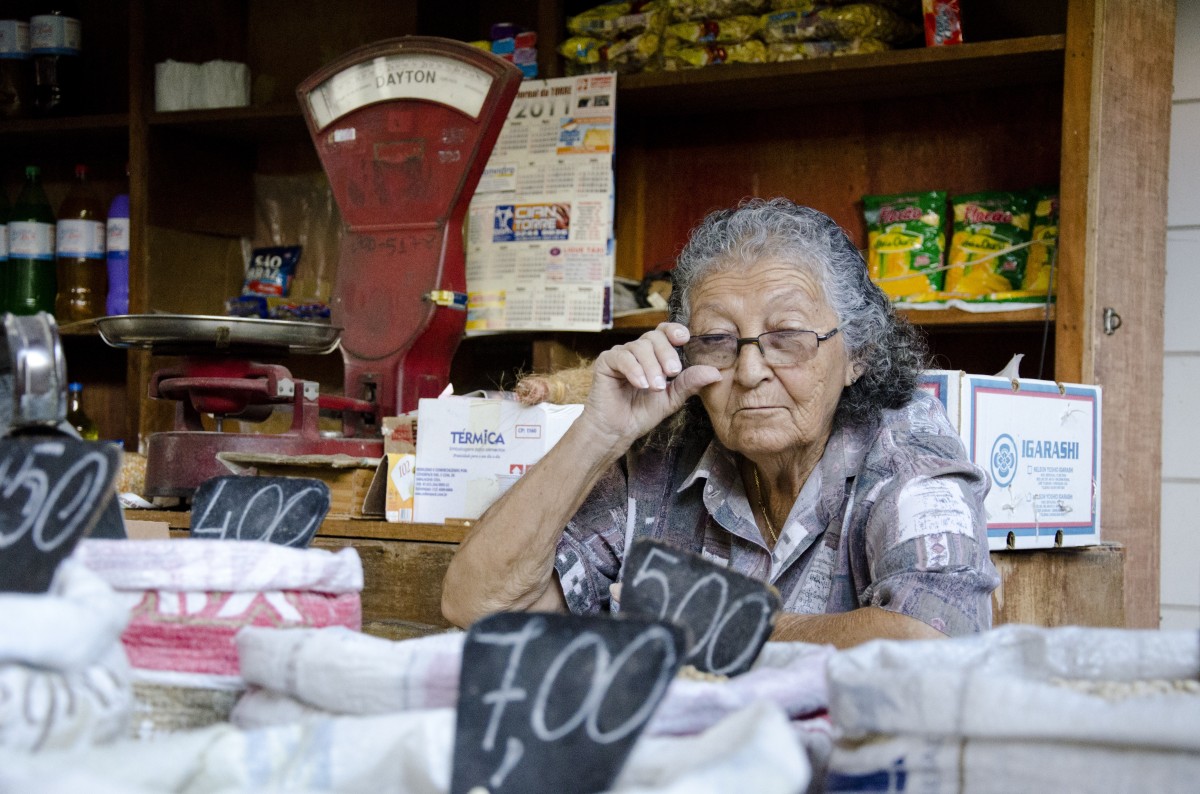
Bringing home a taste of your travels in the form of local spices or food items seems like a flavorful idea. These items promise to transport your taste buds back to the streets of Marrakech or the markets of Bangkok. But beware: these products often come with short shelf lives and customs restrictions, making them a risky buy. Once opened, they might not taste as magical as you remember, leaving you with culinary regret.
The challenge with food souvenirs is their perishability and potential to be confiscated during transit. Many travelers find their carefully curated culinary collections discarded at customs, thanks to strict regulations. Additionally, the authenticity and quality of these items can be questionable, with many vendors capitalizing on tourist naivety. Ultimately, the nostalgia they promise might not be worth the logistical and financial headaches they bring.
10. Decorative Plates
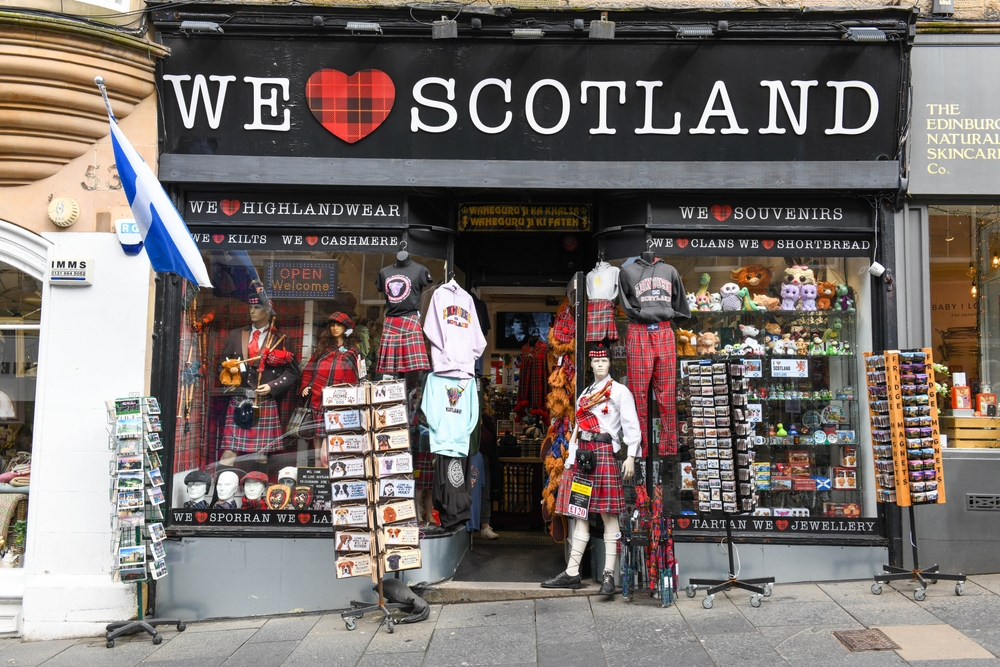
Decorative plates often promise to be a sophisticated addition to your home, showcasing beautiful scenery or cultural motifs. They look beautiful on display and offer a touch of elegance to any space. However, these plates are notoriously overpriced, especially considering they serve no practical function and are often mass-produced. What seems like a classy purchase quickly turns into a financial sinkhole, with little to show for it but a fragile piece of ceramic.
The downside to these plates is their susceptibility to damage and their tendency to fall out of favor. Once chipped or cracked, their decorative appeal is irreparably compromised. Moreover, their specific aesthetic might not integrate well with your existing decor, leaving them relegated to the back of a cupboard. In the end, the lasting impression they leave is more a reminder of a wasted investment than a cherished memory.
This article is for informational purposes only and should not be construed as financial advice. Consult a financial professional before making investment or other financial decisions. The author and publisher make no warranties of any kind.








